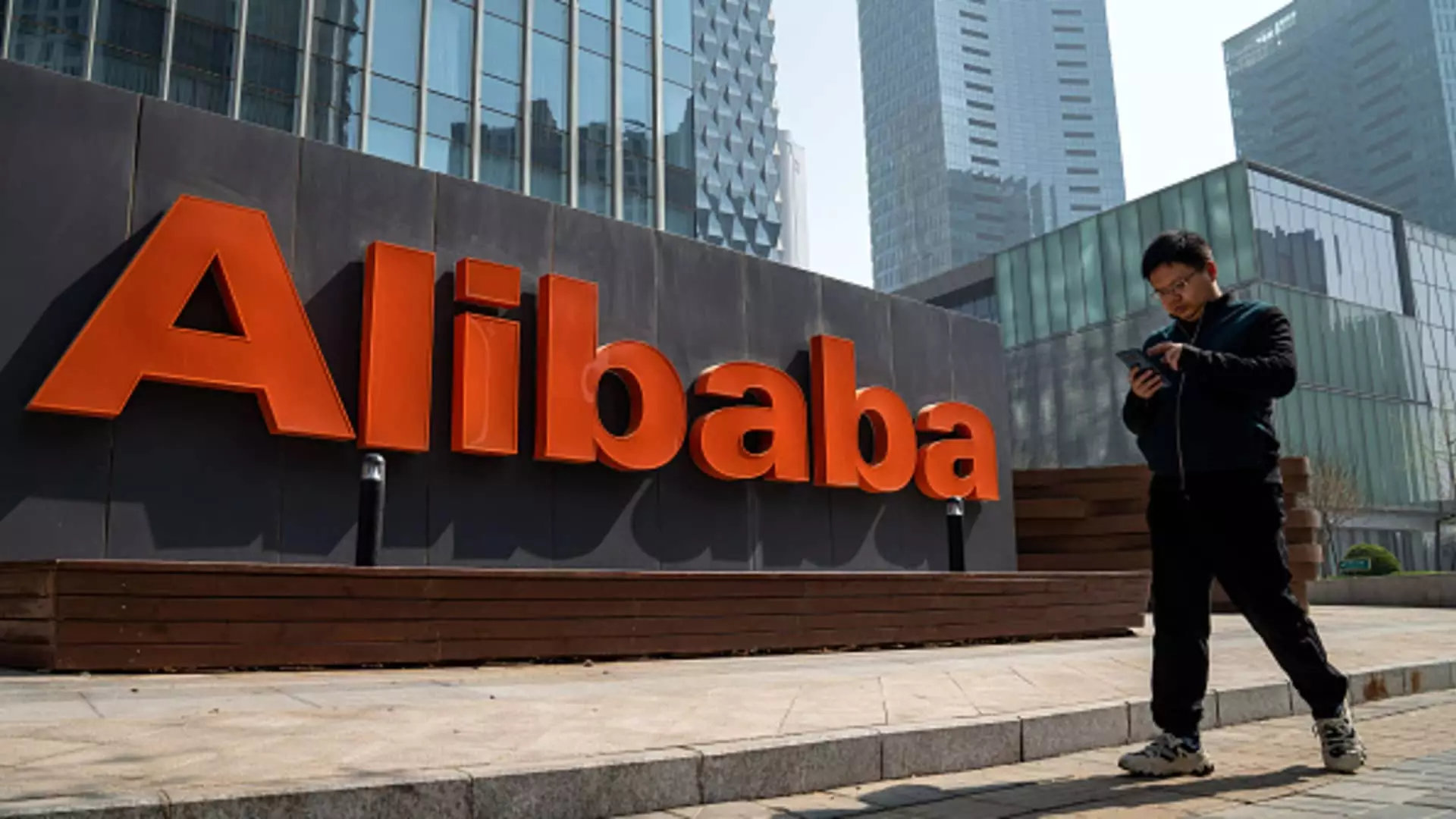The landscape of global e-commerce is in constant flux, and Alibaba Group, a titan in the industry, recently showcased its resilience as it unveiled its financial results for the September quarter. While the company reported a significant increase in net income, other metrics tell a different story as they grapple with a cooling Chinese economy. This article delves deeper into Alibaba’s recent performance, the implications of its findings, and what lies ahead in a challenging business environment.
Alibaba’s financial statement for the September quarter revealed that its net income soared by 58% year-on-year to reach 43.9 billion Chinese yuan (approximately $6.07 billion). This impressive figure greatly surpassed forecasts, particularly the LSEG estimate of 25.83 billion yuan. The substantial uptick in profitability was primarily driven by strategic equity investments and an overall decline in impairment charges, which are a measure of potential losses on investments. Additionally, improved income from operations played a pivotal role in the enhanced net income figure.
However, not all news was positive. Revenue for the quarter amounted to 236.5 billion yuan, marking a 5% year-on-year increase but falling short of market expectations, which anticipated revenues of 238.9 billion yuan. This discrepancy signifies a growing concern regarding consumer spending, which has been affected by economic headwinds that are prevalent across China.
The economic environment in China is undoubtedly challenging, characterized by sluggish consumer demand and tightening of spending due to various factors, including prolonged real estate woes and regulatory changes. Alibaba isn’t alone in facing revenue pressures; it follows JD.com, which also reported disappointing revenue figures just days prior.
With the Chinese government’s recent interventions aimed at stabilizing the economy, such as a substantial stimulus package worth 1.4 trillion yuan, the market eagerly anticipates whether these measures will rejuvenate consumer confidence and reinvigorate spending. October’s retail sales did show signs of promise with a 4.8% year-on-year increase, hinting that recovery may be on the horizon.
Performance of Key E-Commerce Platforms
Investors are particularly focused on Alibaba’s core e-commerce units, Taobao and Tmall Group, which posted a marginal increase in revenue of 1% to 98.99 billion yuan during the September quarter. Despite the small growth, it reveals insights into market sentiment and operational effectiveness in a landscape rife with competition and economic uncertainty.
Alibaba’s participation in the recently celebrated Singles’ Day shopping festival showed promising growth in gross merchandise volume, an indicator of transaction value over time. The event often serves as a bellwether for consumer sentiment in China, and Alibaba reported a “record number of active buyers” participating in the sale. This indicates robust underlying demand for its platforms, even if it hasn’t fully translated into revenue yet.
Amidst headwinds in the domestic market, Alibaba remains optimistic about its international operations. Its overseas shopping platforms such as Lazada and Aliexpress experienced an impressive 29% year-on-year sales increase, reaching 31.67 billion yuan. This growth indicates that Alibaba is not solely reliant on the Chinese consumer market, but rather is diversifying its reach and adapting to global trends.
Alibaba’s Cloud Intelligence Group, too, demonstrated a significant rise in sales, growing by 7% year-on-year to 27.65 billion yuan, a notable increase against its previous quarter’s figures. As the global demand for cloud services continues to grow, Alibaba’s commitment to enhancing its cloud infrastructure, particularly in areas like AI, puts it on a competitive foothold against established entities such as Microsoft and Amazon in the technology sphere.
Looking ahead, Alibaba’s future trajectory remains tightly intertwined with the broader economic landscape of China and the evolving regulatory framework governing technology firms. The company is navigating through significant operational adjustments, especially after the sweeping regulatory crackdowns in 2022. Moreover, Alibaba’s proactive endeavors in artificial intelligence, marked by the introduction of AI products such as Tongyi Qianwen, reflect a commitment to innovation and adaptability.
While Alibaba demonstrated resilience by surpassing profit expectations, the challenges of slowing consumption and tough competition loom large. The company’s ability to adapt to market changes, leverage international platforms, and invest in innovation will ultimately dictate its long-term success in an ever-evolving digital commerce landscape.


Leave a Reply